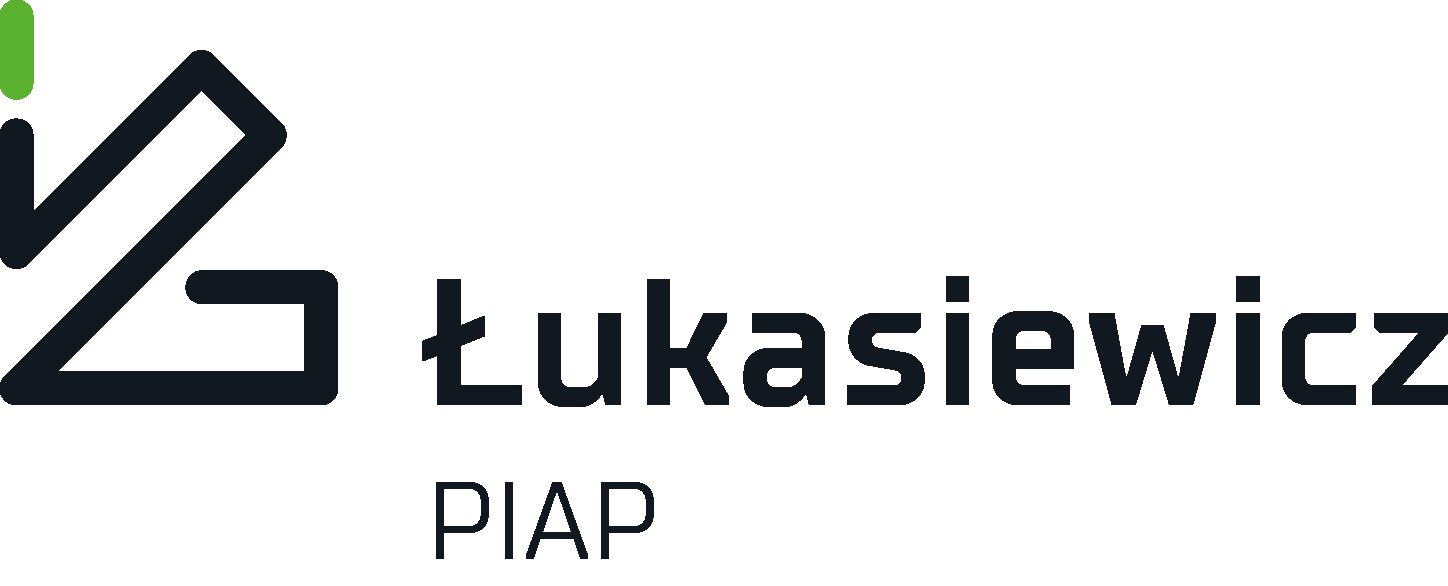Applicability of Augmented and Virtual Reality for Education in Robotics
Authors
Abstract
The rapid development of automatic control and robotics requires an innovative approach to teaching. This is especially important in the case of studies at the academic level and in vocational schools, where training with ex pensive robotic stations is necessary. A solution to this problem may be substituting these with augmented re ality (AR) and virtual reality (VR) due to their significantly lower costs. AR/VR technologies have an advantage in terms of lowcost and effective practices in robotics. The described content is an outcome of the MILAN project, wherein those technologies are used for the purpose of online courses. This includes providing access to virtual laboratories via a mobile application and the reallife training stations connected to the network. This paper provides an overview of the available AR/VR applications implemented in robotics education and a detailed description of related best practices. The main sections contain a detailed methodology for designing an AR mobile tool for learning robotics in the AR environment. Moreover, the main challenges encountered during the development phase were listed and analysed. Additionally, this paper presents the possible future use of the application with the associated benefits. The literature overview and conclusions may be used to design similar online courses with an interactive form of teach ing practical industrial robots programming.






